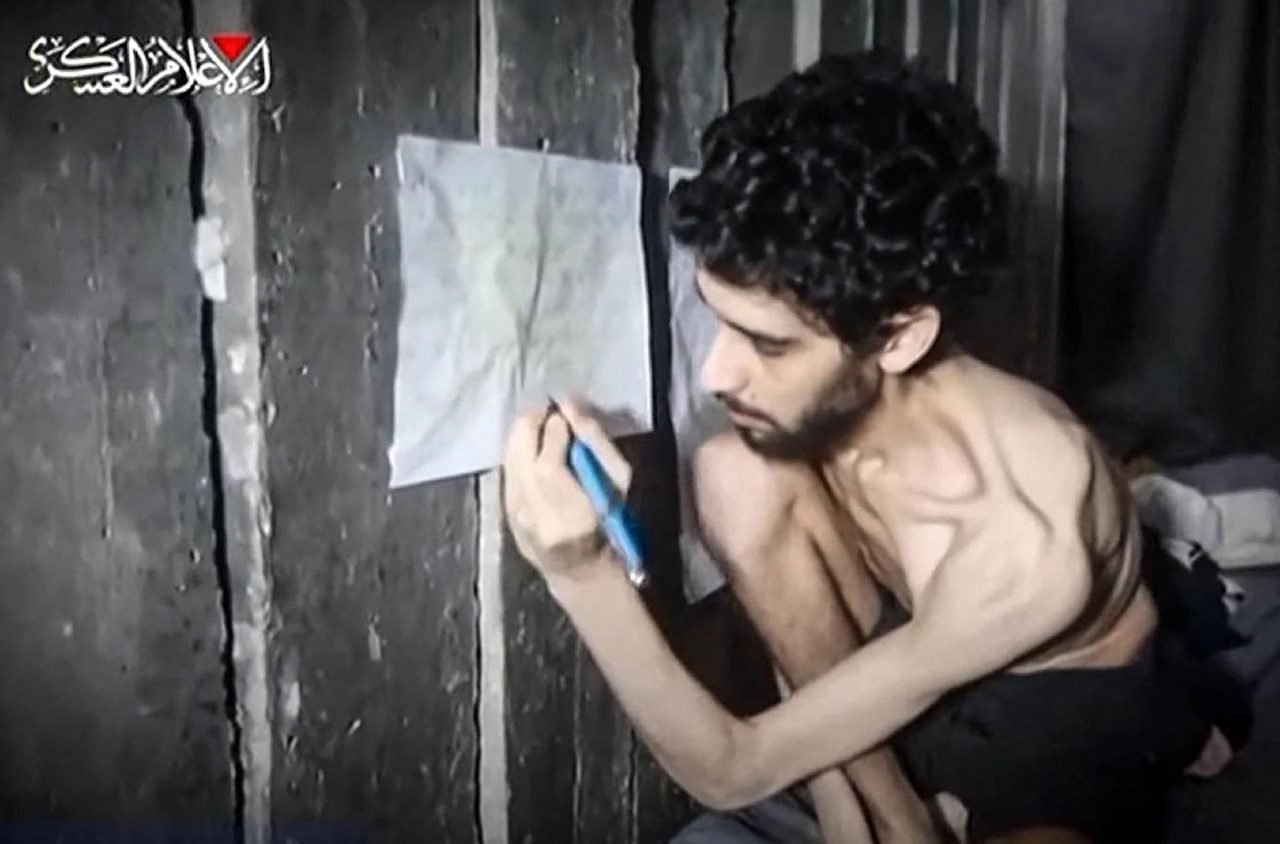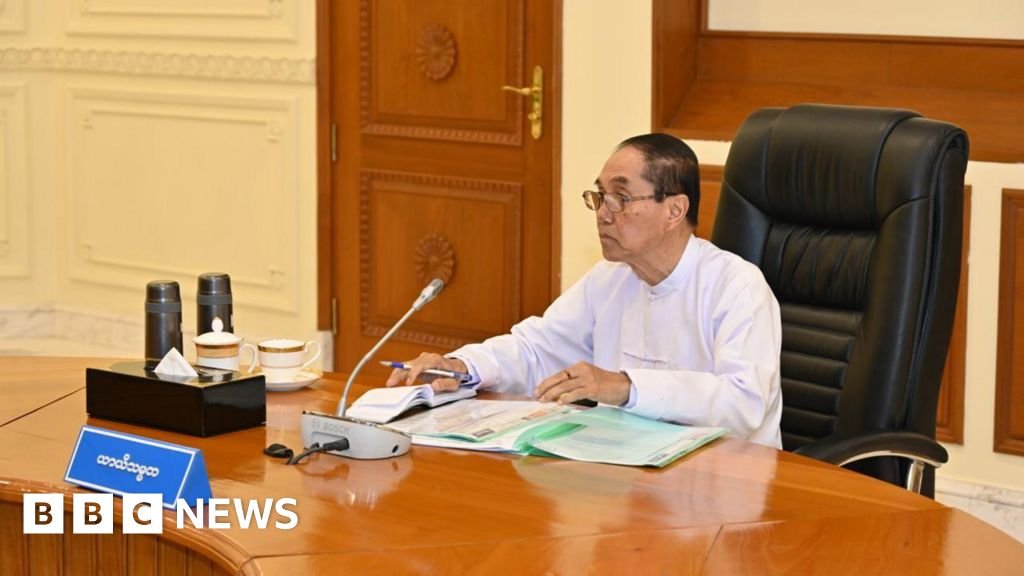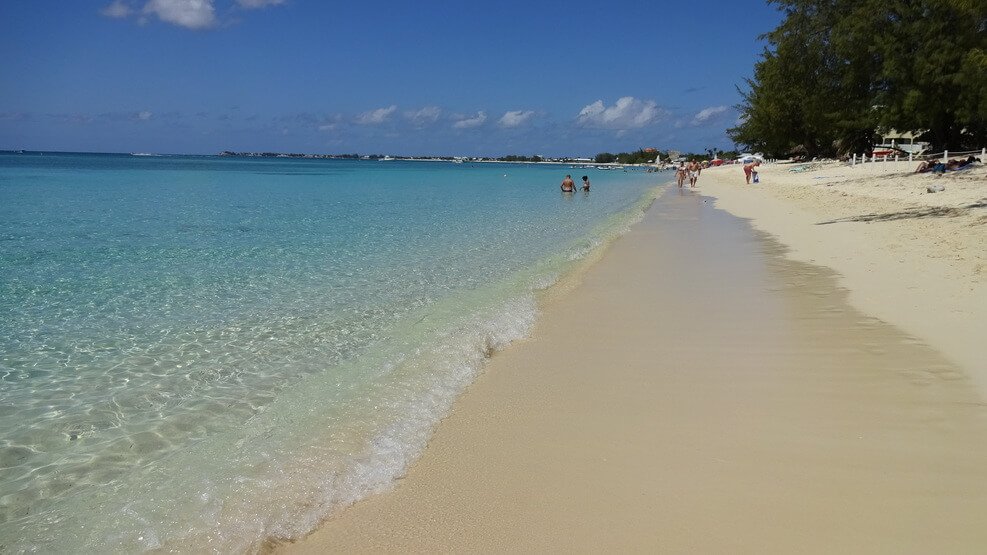
The UN Security Council will hold an emergency meeting to address the hostages still being held in the Gaza Strip, following the release this week of videos by Palestinian militias showing them suffering from starvation.
By Valerio Palombaro
The abyss of devastation in the Gaza Strip is also reflected in the emaciated and suffering bodies of the Israeli hostages still held by Hamas. Following the release of videos showing two young hostages in a state of starvation, the United Nations Security Council will meet today for an emergency session on the matter. UN Secretary-General António Guterres was “deeply shocked” by the videos released by Hamas showing the Israeli hostages in the hands of the Islamist group, said his spokesperson Farhan Haq, who added that it is an “unacceptable violation of human dignity.” The International Red Cross also expressed outrage, calling for the “immediate and unconditional release of all hostages in Gaza” and urging the avoidance of “any form of public exposure that humiliates people deprived of their freedom.”
Starving hostages
The recently released videos differ from the many published over the past 22 months of war due to the condition of the two hostages. The first was released on Thursday 31 July 31 by Islamic Jihad, an armed group in the Gaza Strip, and shows hostage Rom Braslavski, 22 years old. Braslavski is extremely thin and emaciated, with protruding ribs; he cries as he says he can no longer stand due to weakness and that he is barely eating anything. “You have to stop what you’re doing here,” he says.
The second video, released on Friday, August 1, was published by Hamas and shows hostage Evyatar David, 24 years old. He also is severely emaciated and appears to be in a tunnel, where he is shown, among other things, “digging his own grave.” Both videos were filmed under duress and have clear propaganda intent. In a statement accompanying the video of Evyatar David, Hamas claimed that the prisoners “eat what our fighters and our people eat.”
An endless abyss?
The release of the videos has sparked international outrage, which inevitably coincides with the indignation over the suffering of the Palestinian civilian population in Gaza. In Israel, the publication of the two videos, despite their obvious propaganda purpose, caused horror and also fueled criticism of Prime Minister Benjamin Netanyahu’s government.
Holocaust historian Hanna Yablonka told Le Monde that “every Israeli who saw those images immediately thought of the photos of Auschwitz survivors the day after their liberation.”
The harrowing images coming out of Gaza raise with renewed urgency the question: for how much longer?




